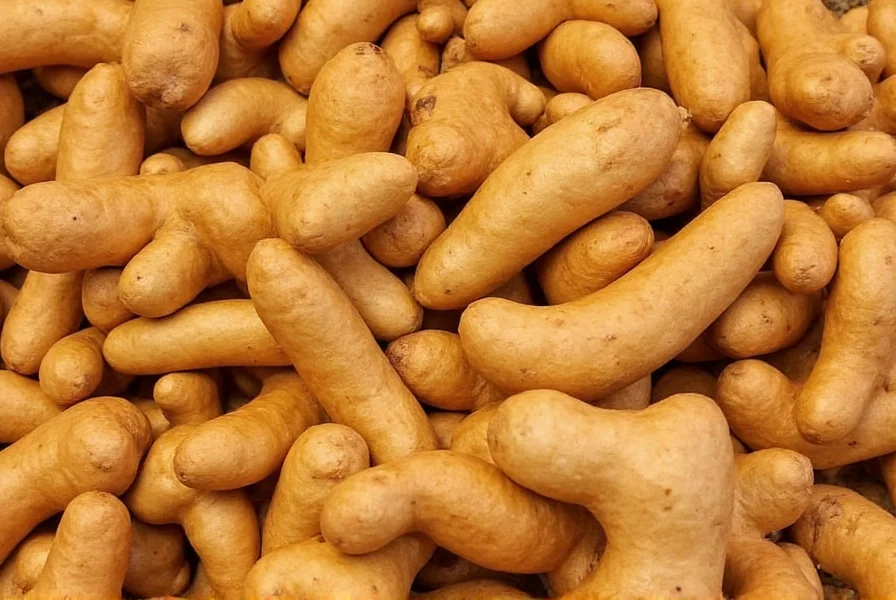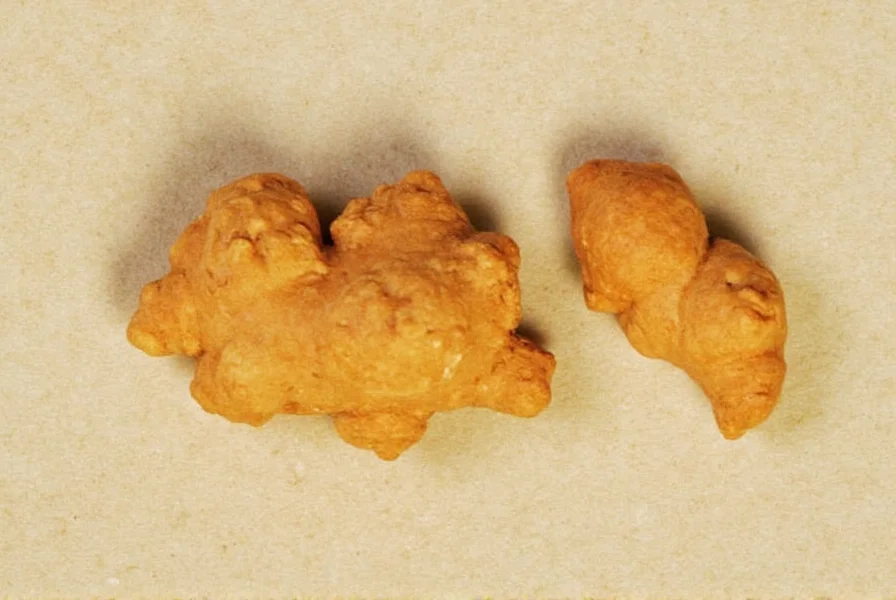When encountering an unidentified ginger plant, accurate identification becomes crucial for both culinary safety and botanical understanding. Many plants resemble true ginger but may pose serious health risks if consumed. This guide provides essential identification techniques to distinguish edible ginger varieties from potentially dangerous look-alikes, helping foragers, gardeners, and culinary enthusiasts make informed decisions.
Understanding Ginger Varieties and Common Misidentifications
Ginger (Zingiber officinale) belongs to the Zingiberaceae family, which includes over 1,300 species. While true ginger is widely cultivated for culinary and medicinal uses, several plants share similar appearances but differ significantly in safety and properties. The most frequent misidentification occurs between true ginger and wild ginger species, particularly Asarum canadense in North America.
| Plant Type | Scientific Name | Edibility | Key Identification Features |
|---|---|---|---|
| True Ginger | Zingiber officinale | Edible | Aromatic rhizome, reed-like stems, lance-shaped leaves with parallel veins, yellow-green flowers |
| Wild Ginger | Asarum canadense | Not safe for consumption | Heart-shaped leaves, low-growing, maroon flowers near ground, pungent odor when crushed |
| Galangal | Alpinia galanga | Edible (culinary) | Smooth rhizome skin, pine-like aroma, taller growth habit than true ginger |
| Turmeric | Curcuma longa | Edible | Bright orange rhizome, wider leaves, less pungent aroma than ginger |
Step-by-Step Ginger Identification Process
Proper identification of unidentified ginger requires systematic examination of multiple plant characteristics. Never rely on a single feature when determining if a plant is safe for consumption.
Examine the Rhizome Structure
The rhizome (underground stem) provides the most reliable identification clues for ginger varieties. True ginger rhizomes have:
- Distinct segmented knobs with a pale yellow interior when cut
- Strong, spicy aroma with citrus notes
- Mild burning sensation when tasted in small amounts
- Thin, brownish skin that's easily peeled
Compare this to wild ginger (Asarum), which has:
- Thick, fibrous roots rather than rhizomes
- Little to no characteristic ginger aroma
- Potentially dangerous compounds like aristolochic acid

Dangerous Ginger Look-alikes and Safety Concerns
Several plants commonly mistaken for edible ginger pose significant health risks. The most concerning is wild ginger (Asarum species), which contains aristolochic acid—a compound classified as a Group 1 carcinogen by the International Agency for Research on Cancer.
Other problematic look-alikes include:
- Birthwort (Aristolochia): Extremely toxic with similar leaf structure but different flower morphology
- Costus ( Spiral Ginger ): Some species have edible parts but others contain unknown compounds
- Arrowroot: Generally safe but lacks ginger's characteristic flavor and medicinal properties
Practical Identification Techniques for Unidentified Ginger
When faced with unidentified ginger, follow these evidence-based identification methods:
Visual Examination Protocol
- Leaf inspection: True ginger has alternate, lance-shaped leaves (15-30 cm long) with parallel veins and a prominent midrib
- Stem structure: Look for pseudostems formed by leaf sheaths (not true woody stems)
- Flower characteristics: True ginger produces yellow-green flowers with purple lips in cone-like clusters
- Growth pattern: Ginger grows in clumps from rhizomes, typically reaching 60-150 cm in height
Sensory Testing (With Caution)
Only perform sensory tests when you've ruled out obvious toxic look-alikes through visual inspection:
- Aroma test: Crush a small piece of rhizome—true ginger emits a distinctive spicy, citrusy fragrance
- Taste test (minimal): Place a tiny piece on your tongue—true ginger produces immediate warmth without bitterness
- Color reaction: True ginger turns slightly pink when exposed to air due to gingerol oxidation

When to Consult an Expert for Ginger Identification
Certain situations require professional botanical assistance rather than DIY identification:
- When the plant grows in an unexpected climate zone for true ginger
- If you observe unusual flower structures or leaf patterns
- When multiple identification features contradict each other
- Before considering consumption of any unidentified plant material
Local extension services, botanical gardens, and university agriculture departments often provide free plant identification services. Submit clear photos of the entire plant, close-ups of leaves, stems, and any flowers or rhizomes for accurate assessment.
Safe Practices for Handling Unidentified Ginger Plants
Until positive identification is confirmed, follow these safety protocols:
- Wear gloves when handling unknown plants to prevent skin irritation
- Never consume any part of an unidentified plant—some toxins absorb through mucous membranes
- Keep samples refrigerated in airtight containers for professional identification
- Document the plant's growth location, soil type, and surrounding vegetation
- Take multiple high-quality photos from different angles for reference
Remember that proper ginger identification isn't just about culinary use—it's a critical safety measure. Many toxic plants have been mistakenly consumed as ginger throughout history, leading to severe health consequences. When in doubt, discard the plant and obtain ginger from reliable commercial sources.











 浙公网安备
33010002000092号
浙公网安备
33010002000092号 浙B2-20120091-4
浙B2-20120091-4